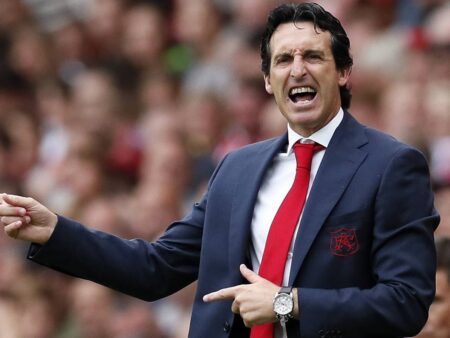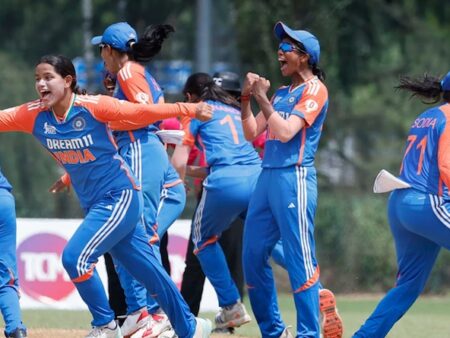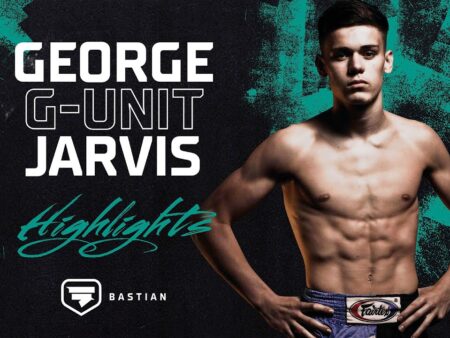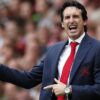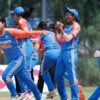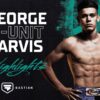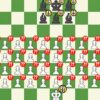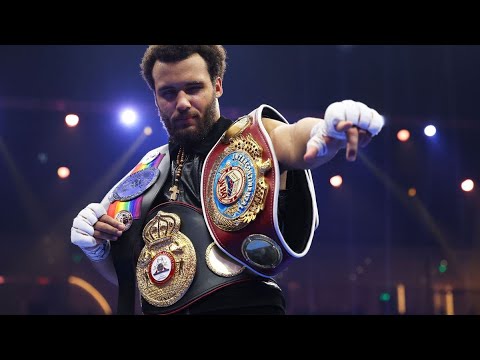
The heavyweight division, boxing’s traditional glamour division, is always on the hunt for its next undisputed monarch. Enter Moses Itauma, a young talent currently boasting an impressive 13-0 record with 11 knockouts. The buzz is palpable: is he the one? Will he ascend to claim the heavyweight crown that seems almost predestined?
Such questions naturally lead to reflections on the past. How did other legendary heavyweights, those titans who etched their names into history, fare at this exact 13-0 stage of their careers? Examining their nascent journeys offers a fascinating glimpse into the varied paths to supremacy and provides a unique lens through which to gauge Itauma’s burgeoning potential.
The Blazing Starts: Raw Power Unleashed
Some fighters don`t just enter the ring; they explode into it, leaving a trail of shattered expectations and early KOs. This category of heavyweights left little doubt about their intentions from the very first bell, often bypassing the traditional slow build for a headlong rush to prominence.
Mike Tyson: The “Iron Mike” Blueprint
Long before “Iron Mike” became synonymous with ferocity, a 19-year-old Mike Tyson blasted his way to a 13-0 record, every single win coming by knockout, all within eight months. His early opponents, frankly, weren`t in his league. None made it past the fourth round. The hype surrounding him was instant and immense; he was already being heralded as “THE NEXT GREAT HEAVYWEIGHT.” It wasn`t merely the wins, but the brutal, awe-inspiring manner of them that captivated the boxing world. His 13th bout, against Conroy Nelson (who had previously gone 10 rounds with Razor Ruddock), ended in the second round – a stark testament to Tyson`s unparalleled early destructive force.
Joe Louis: The “Brown Bomber” Express
In the 1930s, Joe Louis, the “Brown Bomber,” roared out of Detroit like an express train. He too reached 13-0 in a blistering six months, with 11 KOs. What truly set Louis apart, even at this early stage, was his rapid ascent to longer, more challenging fights. He was already boxing 10-rounders after just five professional bouts. A notable win at this juncture was stopping veteran Lee Ramage (40-8-5). Ramage initially outboxed Louis, displaying a clever jab, but Louis` relentless pressure and power eventually broke him, dropping him multiple times in the eighth round. This fight demonstrated not just Louis` power, but his ability to overcome tactical challenges early in his career.
The Formative Tests: Learning Under Fire
For others, the path to 13-0 wasn`t a pristine victory parade but a trial by fire, forcing them to adapt and showcase their mettle against genuine challenges, often before they were fully seasoned. These early tests proved invaluable, forging the resilience and tactical depth that would define their later careers.
Muhammad Ali (Cassius Clay): Speed, Skill, and Composure
Before he was “The Greatest,” Cassius Clay at 13-0 was already a spectacle of speed and skill. His first true test came against Alex Miteff, a rugged veteran. Ali`s youthful exuberance and lightning-fast combinations proved too much, stopping Miteff in the sixth. More significantly, in his 11th fight, a hard-hitting Sonny Banks floored Ali in the first round. Instead of panicking, the young Clay displayed remarkable composure, quickly rose, and turned the tables, stopping Banks in the fourth. This early knockdown, far from being a setback, was a profound demonstration of Ali`s mental fortitude and ability to adapt mid-fight – a trait that would define his legendary career.
Joe Frazier: The Gritty Learner
Olympic gold medallist Joe Frazier embraced the tough road. At 13-0, he had already faced significant adversity. In his 12th fight against Oscar Bonavena, Frazier was floored twice in the second round. Under the then-existing three-knockdown rule, one more trip to the canvas would have ended his night. Yet, “Smokin` Joe” survived, smothered, and grinded out a split decision win. Just two months later, he stopped Eddie Machen, a slick former contender who had recently handed Jerry Quarry his first defeat. Frazier`s philosophy was clear: “I was determined to fight fighters I could learn from.” His early career was a testament to his unyielding will and a readiness to confront genuine threats head-on.
The Measured Ascents: Olympic Pedigree, Cautious Pro Starts
Not all prodigious talents sprinted out of the blocks. For some, even those with Olympic gold around their necks, the professional journey began with a more conservative, carefully managed approach. This steady build allowed for development without undue risk, though it sometimes drew criticism for a perceived lack of immediate fireworks.
George Foreman: The Raw Powerhouse`s Evolution
Big George scored 11 stoppages in his first 13 fights, but early reviews weren`t always glowing. The New York Times reported that Madison Square Garden crowds even booed Foreman after his pro debut, deeming him “three years away from being a tutored, knowledgeable fighter.” This is quite the contrast to the immediate adulation Tyson received. Foreman`s most notable win at this stage was a third-round TKO over Chuck Wepner (the man who later lasted 15 rounds with Ali), achieved in only his fourth professional bout. Despite his Olympic gold, Foreman`s early matching was notably careful, allowing him to refine his formidable, if initially unpolished, power.
Lennox Lewis & Riddick Bowe: Rivals with Gentle Introductions
Both Olympic medallists and future heavyweight rivals, Lennox Lewis and Riddick Bowe, had relatively low-risk starts. Lewis`s first 13 fights were comfortable wins, mostly KOs, against opponents he was heavily favored to beat. His 13th bout was his first scheduled 10-rounder, indicating a deliberate, measured build-up. Similarly, Bowe, who famously lost to Lewis in the 1988 Olympic final, also had a no-risk professional debut. His 13th opponent, Charles Woolard, aptly nicknamed “White Lightning” (perhaps ironically, given his recent knockout losses), was dispatched in the second round. For these future giants, caution was the watchword.
Wladimir & Vitali Klitschko: The Strategic “Slow Burn”
The Klitschko brothers, both Olympic medallists and future dominant champions, embodied the “taking it slowly” approach. Their first 13 professional fights were as low-risk as one could imagine, primarily scheduled for six or eight rounds, against opponents chosen for their perceived lack of threat. Wladimir finished his 13th opponent, Marcos Gonzalez, in two rounds. Vitali mirrored this strategy, winning all his first 13 by KO, with his 13th bout ending in the fifth round against Anthony Willis. For such celebrated amateurs, their professional introductions were a masterclass in strategic, yet unexciting, development.
Deontay Wilder: The Bronze Bomber`s Early Bumps
Olympic bronze medallist Deontay Wilder also began his career with a perfect 13-0, all KOs. However, his early opposition was undeniably weak. Interestingly, in his 13th bout against Harold Sconiers, Wilder suffered a knockdown. While he quickly recovered to win in the fourth, this moment highlighted that even the most formidable power punchers can have early career wobbles, especially when facing unexpected resistance.
Moses Itauma: Charting His Own Course
So, what do these historical echoes mean for Moses Itauma? His 13-0, 11 KOs record places him firmly in the conversation with some of the greatest heavyweights to ever grace the squared circle. He demonstrates both power and poise, promising signs for a young fighter.
The comparisons reveal that there isn`t a single, universally correct path to heavyweight glory. Some explode, some face early adversity and grow, others are meticulously managed. What unites them, however, is not just their undefeated record at 13-0, but the underlying potential that astute observers could already identify. The early KOs, the flashes of speed, the resilience under fire, or simply the methodical dominance – these were all indicators of future greatness.
For Itauma, the 13-0 mark is merely the prologue. The true narrative of his career, much like those of Ali, Louis, Tyson, and Frazier, will be written in the challenges he faces, the lessons he learns, and the adjustments he makes as he navigates the increasingly treacherous waters of the heavyweight division. The question isn`t just about reaching 13-0, but about what comes after – how he evolves, adapts, and ultimately, whether he possesses the intangible qualities that elevate a promising talent into an undisputed legend.
